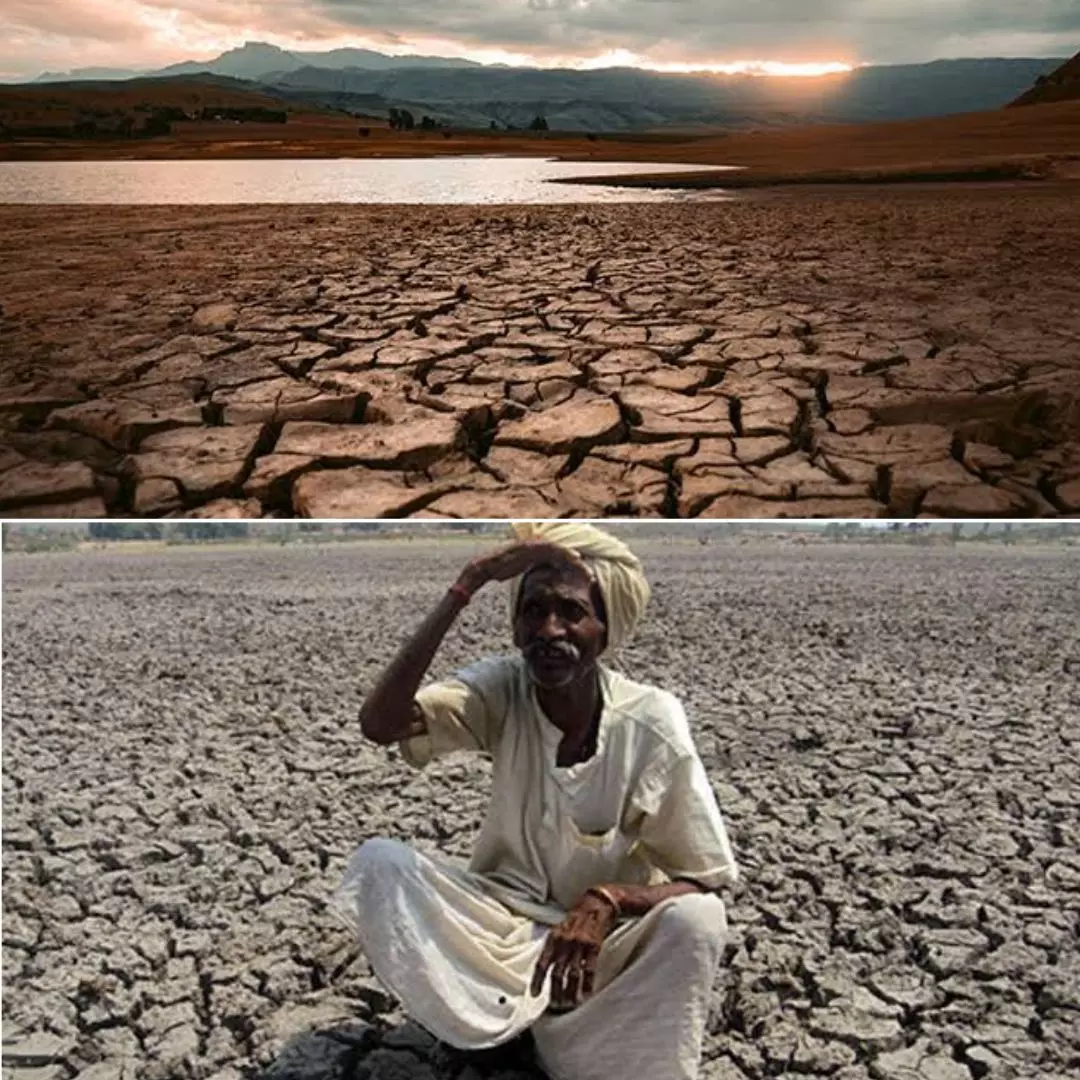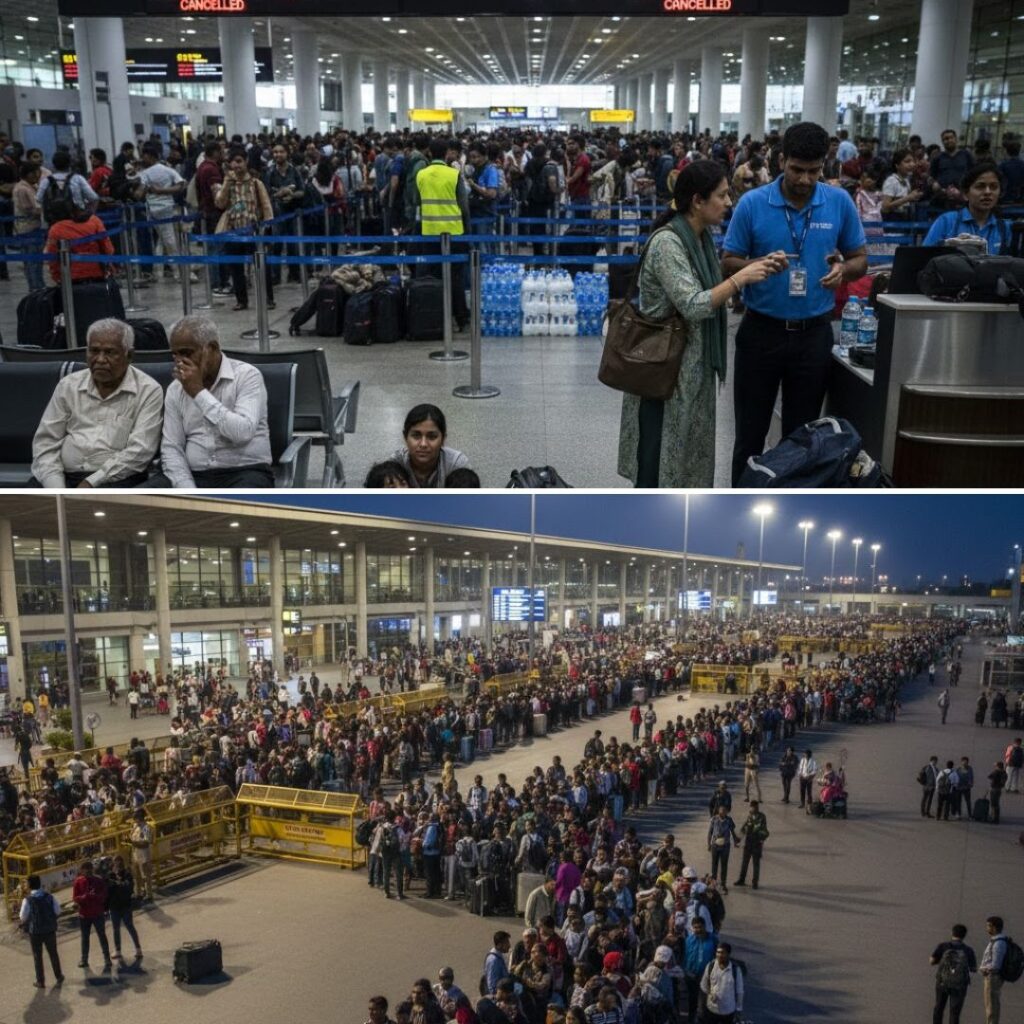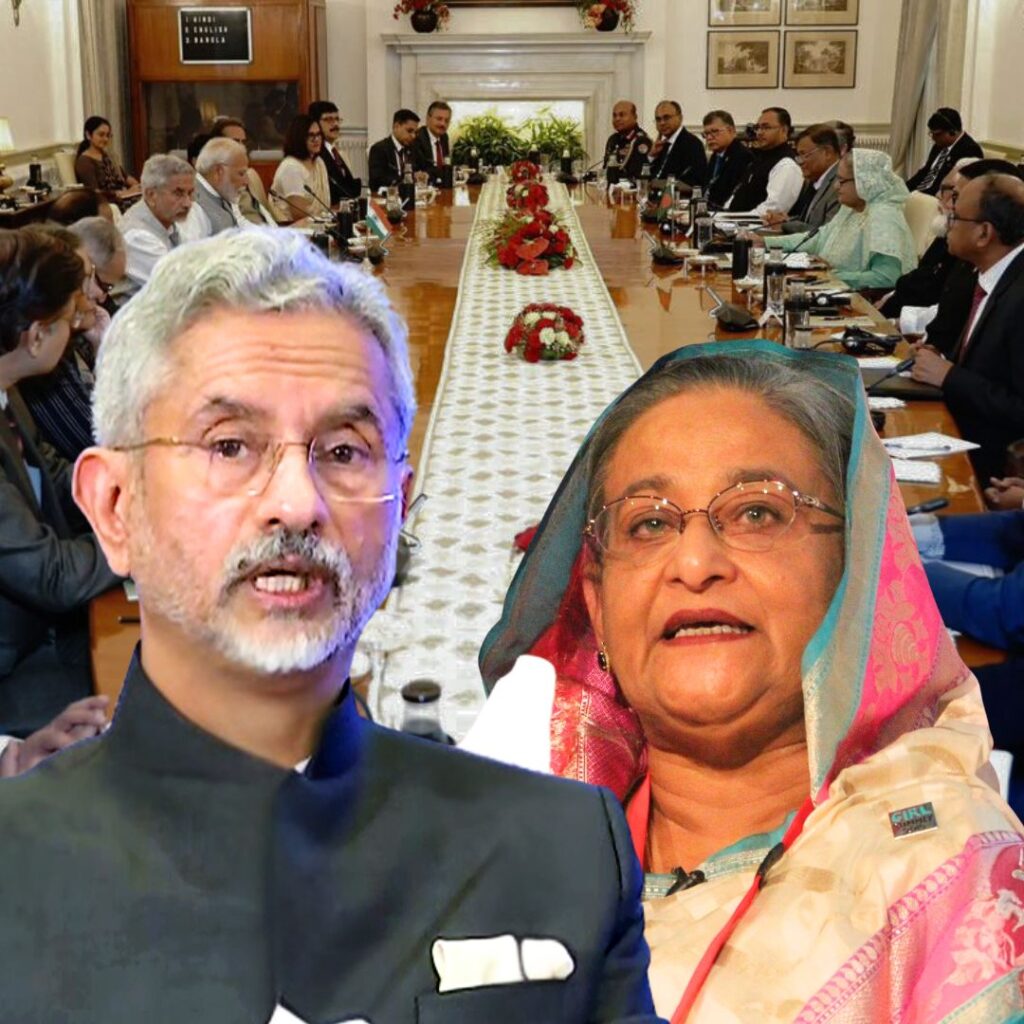India, with a population of over 1.4 billion people, is among the most water-stressed countries in the world. A NITI Aayog report published in 2019 had estimated that about 600 million Indians faced high to extreme water stress and that over 20 big cities would soon run out of groundwater in a matter of years. With more than half the country’s workforce employed and dependent on the agriculture sector, the drought came as a massive hit to the economy and the farmers dependent on the occupation. Water, a critical input for agricultural production, plays a key role in food security but has been brought down to threateningly low levels. Some reasons attributed to this include population growth, urbanisation, and climate change.
Maharashtra is among the states that often made headlines for the severe water crisis. Water scarcity has been a long-going crisis in the State, and the groundwater level has fallen alarmingly over the years, according to the Union Ministry of Agriculture. However, the magnitude of the concern has stumped policymakers and environmentalists alike. On the other hand, farmers continue to strive past their vulnerability to water stress through incentives and subsidies that encourage them to grow water-intensive crops. But does this resolve the concern in the long run or stall it temporarily?
Climate Change And Exploitation Of Water Resources
Farmers are those upon whom the entire country relies for their sustenance. For these farmers, though, cultivation poses a concern with the ongoing drought. They have been the group that always suffered the first-hand impact of drought-like conditions, unlike the urban regions, which tend to receive aid in some or the other form. One of the reasons policymakers have attributed the drought to is the changing climatic conditions, a domino effect of Global Warming.
Maharashtra used to receive over four months of steady rainfall, which was highly beneficial to farmers and crops as the rain would be distributed evenly over long periods. However, in recent years, the State has received heavy but intermittent downpours, which led to several crops dying out due to uneven water distribution during the all-important stages of crop growth.
Another factor contributing to water scarcity in the State is the overexploitation of groundwater. The continuous extraction of groundwater has resulted in the depletion of water from dams and reservoirs. Despite the measures and schemes undertaken by the Government, there continues to be a need for an extensive plan to manage water better. The situation continues to worsen with the man-made problem of over-irrigation.
A Need To Go Beyond Government Measures
Owing to the scanty rainfall that had left the farmlands barren since early 2016, over 700 villages in Maharashtra were facing acute water shortages. Adding to this, the groundwater levels continued to fall dramatically despite the implementation of the Maharashtra Groundwater (Development and Management) Act, aimed at regulating water extraction. This put the State’s agricultural yield and gross domestic product (GDP) at risk. Following the repeated accounts of water scarcity affecting farmer lives, the state government deployed a large number of water tankers around the arid regions of the State back in 2019.
The Government also moved ahead with schemes such as Jalyukt Shivar Abhiyan to combat the parched situation. The campaign aimed to free about 5000 villages of water scarcity per year by bringing potable water supply to the drought-affected villages. Under this blanket scheme, the Government also proposed “deepening and widening of streams, construction of cement and earthen stop dams, work on nullahs and digging of farm ponds.” On the same lines came multiple other schemes, but the successful execution remains a question as farmers in Maharashtra continue to face severe water shortages.
Many experts suggest that a combination of long and short-term solutions is the way ahead to deal with the water crisis. According to World Bank, resolving the challenges would require reconsidering how water is managed within the agricultural sector and how it can be repositioned in the broader context of overall water management and security. Further, on a policy level, the Government would have to ensure that irrigation and drainage schemes are dispersed appropriately within rural spaces. Apart from this, as individuals, there’s always space to contribute to tackling the crisis through personal level movements and donations extended to the farmer. While the water crisis may require long-term solutions to be implemented, we can extend a helping hand to our grain providers as a community.
Also Read: Scarce Drinking Water, Drying Rivers: India Is Heading Towards Unprecedented Water Crisis
https://thelogicalindian.com/h-upload/2023/02/14/500x300_229717-untitled-design-2.webp
Environment
2023-02-21 12:30:37.0
Drought-Ridden Food Bowl! Know How Water Scarcity Impacts Thousands Of Farmers In Maharashtra













